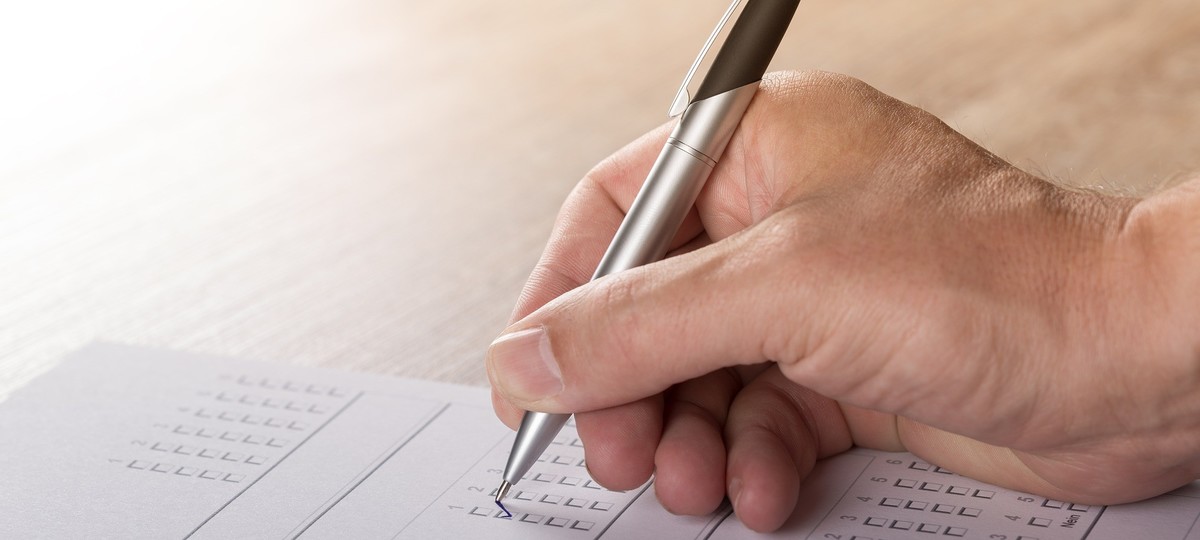
The outcome of the U.S. election hinges on one simple question: Which electorate will show up to vote?
If the 2016 electorate is the same as that of 2012, Hillary Clinton is in for a massive victory. But if a new electorate — with lower turnout among blacks and higher voting rates among downscale whites — should emerge, Donald Trump may yet win.
The polls conducted by ABC, FoxNews, CNN, NBC, CBS, and Quinnipiac all use some variant of the 2012 turnout model. But those by Rasmussen, Investors Business Daily and the Los Angeles Times use a newer turnout model that portends an emerging electorate very different from that which elected Obama.
Polls are good at determining how people will vote. But they are not at figuring out who will vote — mainly because the very voters themselves don't know what mood will strike them on election day.
Central to the difference between the turnout models, and therefore the polls, is the question of how many less educated, poorer whites are likely to vote.
But Donald Trump has energized and attracted this very segment of the electorate. It is their votes that nominated Trump as they cast ballots in Republican primaries for the first time. They are why Trump's average final polling was 40 percent of the vote in the primaries, but he actually got 45 percent of the vote on average.
Will this demographic vote? We don't know.
To grasp the psychology of the downscale voter, use the metaphor of Christmas shopping habits of husbands and wives. Typically, the wife does her shopping in the fall. By November, she's finished. But her husband often waits until December 24 to buy his presents.
The downscale voter is like the husband. One can bombard him with information about the sales and new products, but he won't bite. But right before Christmas, there is no more avid consumer than a man desperate for a gift to give his wife!
The downscale voter habitually never turns out. He boasts to polling firms that ask how likely he or she is to vote that they haven't voted in decades and won't start now. But as the election nears, their interest level begins to peak. Trump looks attractive and seems to speak to them in ways other politicians don't. In the end, will this person vote? The answer may determine the outcome of the election.
Meanwhile, a parallel drama is unfolding in reverse among African American voters. But they are now suffering an Obama hangover; and Clinton is no Obama. While blacks will dutifully vote for her as the Democratic candidate, they cannot summon the enthusiasm for her that they did for him.
Polls suggest that blacks are 28 percent less enthusiastic about voting than they were in 2012. Since they vote overwhelmingly Democratic, any falloff in turnout comes right out of Clinton's vote. Trump has been careful not to catalyze fear among African Americans about his candidacy. His efforts to promote school choice — letting parents send their child to the public or private school of their choice with state funding to pay for it — may not have garnered him a lot of black votes, but it has reassured African-Americans that he is no racist and no threat.
Clinton's problems among younger voters are even more severe. The Democratic Party is almost totally dependent on under 35 year old voters. Had all voters been over 35, Romney would have won. But it is precisely these voters who overwhelmingly backed Bernie Sanders over Clinton in the Democratic primaries. They don't like her and never have. Yet it is among these voters that she must craft her victory coalition.
Polling suggests that young voters are much less enthusiastic than they were in 2012 and even less than that compared to 2008.
Finally, she faces the threat of defections to the third and fourth candidates — Gary Johnson of the Libertarian Party and Jill Stein of the Greens. Clinton has done little to elucidate a positive rationale for her candidacy and is appealing to voters to keep Trump out of the White House. Such a two-candidate, zero sum strategy is vulnerable to defections, impelled by discontent over the Trump-Clinton choice. Again, polling suggests a higher level of intensity among Trump supports than among Clinton's backers, making third party defections more likely among Democrats this year.
Put it all together and the potential is still there for a close election and a Trump victory.
Dick Morris, who served as adviser to former Sen. Trent Lott (R-Miss.) and former President Clinton, is the author of 16 books, including his latest, Screwed and Here Come the Black Helicopters.


 Contact The Editor
Contact The Editor
 Articles By This Author
Articles By This Author